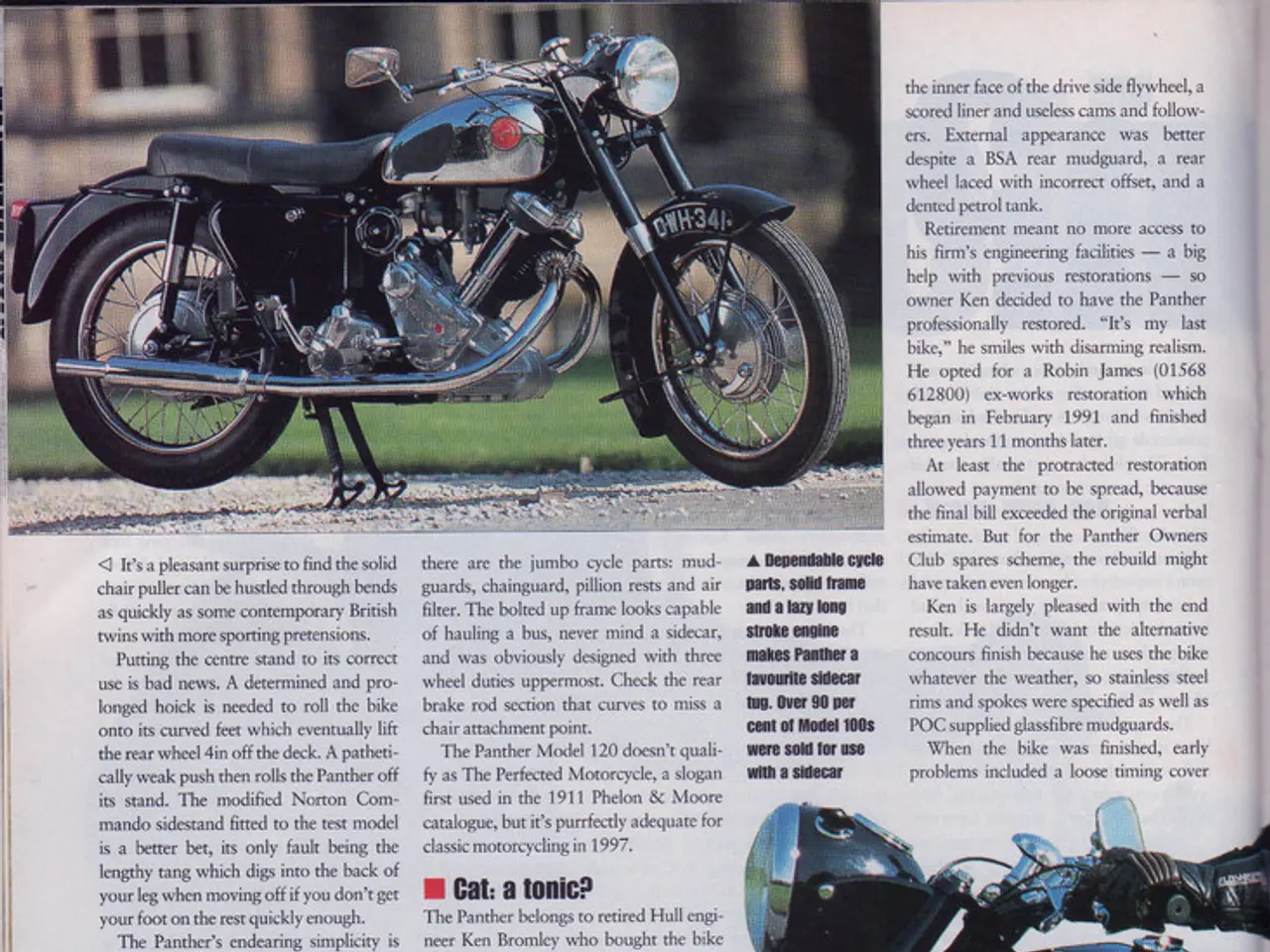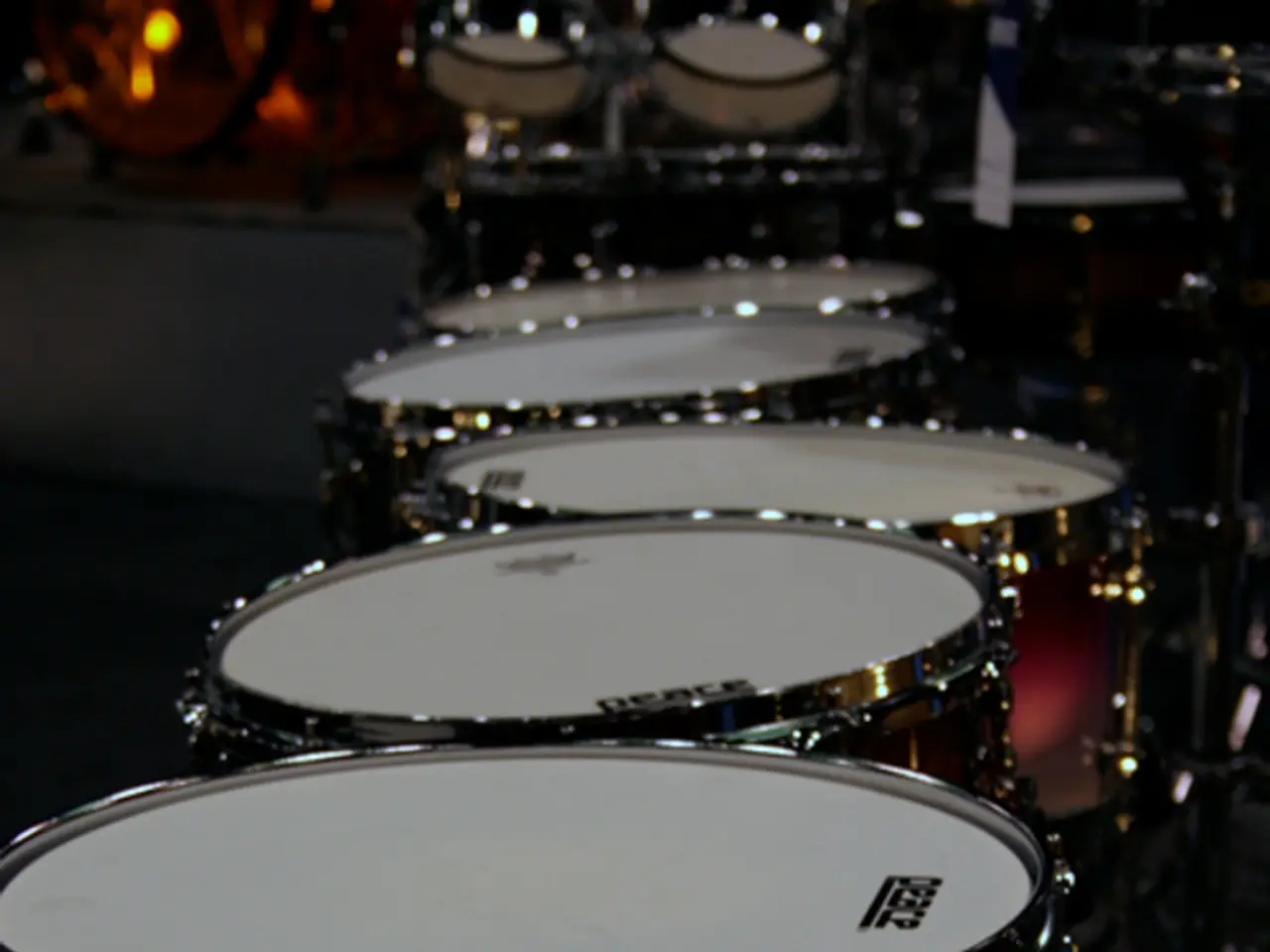Enhancements to Electric Motorbike Batteries Spark Safety Debates
Unregulated Electric Motorbike Battery Upgrades Pose Fire and Safety Risks in Vietnam
In Vietnam, the popularity of electric motorbikes is on the rise, and so is the demand for battery upgrades to extend driving range. However, unauthorized battery upgrades have become a fire and safety concern due to poor regulation, unclear battery quality, and improper handling.
Many workshops, often found on social media and online forums, offer battery upgrade services for various e-bike models. These services claim to boost the range dramatically, such as 1.6 times longer range, up to 300 km on a single charge, by installing bigger 9.9kWh batteries or auxiliary packs. However, they do not always disclose the battery sources or quality, which raises significant risks of fire and explosions [1].
International experts warn that third-party batteries or homemade packs often fail to meet safety standards and have been linked to fire incidents, such as a notable electric vehicle battery fire in Australia [1]. In hot climates like Vietnam, improper battery types or lower-quality cells can increase fire risks. Safer battery chemistries (like LFP—Lithium Iron Phosphate) are recommended to mitigate these risks due to greater thermal and impact stability [3][4].
Unregulated home charging and uncertified equipment also contribute to safety hazards, including overheating and fires [2][5]. Battery swapping systems managed by reputable companies (such as Selex Motors) with real-time battery monitoring and central control effectively minimize fire risks by ensuring batteries meet safety standards and are monitored continuously [2].
Beyond individual upgrades, fire safety concerns also arise from overall battery management infrastructure challenges, including charging safety in dense urban environments, grid capacity, and disposal of damaged or expired batteries [5].
Manufacturers like VinFast and Honda warn against using unauthorized battery changes and modifications. Damage caused by non-official components is not covered under warranty by VinFast. Honda also warns against tampering with high-voltage parts, as it could lead to electric shock, injury, or death [6].
Experts advise using official parts to avoid aftermarket upgrades that could pose serious safety risks, particularly those involving power systems. One motorbike owner in HCM City decided against battery upgrade due to safety concerns.
Even if battery packs appear similar, their internal components may differ greatly in quality and safety. A provider offers a VNĐ25 million (US$962) package for a 9.9kWh battery upgrade, promising a maximum range of over 300km. However, the origin and quality of the battery cells used are not clearly stated [1].
As electric vehicles gain popularity and battery technology advances quickly, it is crucial to prioritize safety. Safer alternatives involve certified batteries, professional services, and monitored battery swapping systems [1][2][3]. Some users in Vietnam are cautious about these unregulated battery upgrades, aware of the potential fire and safety risks they pose.
- The rise in popularity of AI and technology in travel, health-and-wellness, and warfare necessitates stringent battery safety regulations, learning from the fire and safety concerns associated with unregulated electric motorbike battery upgrades in Vietnam.
- Similar to unverified battery sources in electric motorbike upgrades, the use of untested AI technology in critical areas such as health-and-wellness or warfare could potentially pose unforeseen risks, requiring rigorous testing and quality control measures.
- As advances in science and technology continue to push the boundaries of what electric vehicle batteries can offer in terms of range, it is equally important to prioritize the development of safer battery chemistries to minimize the risk of fires and explosions, much like safer options such as LFP batteries are recommended for electric motorbikes in hot climates like Vietnam.




